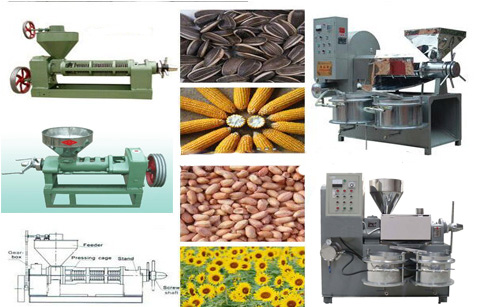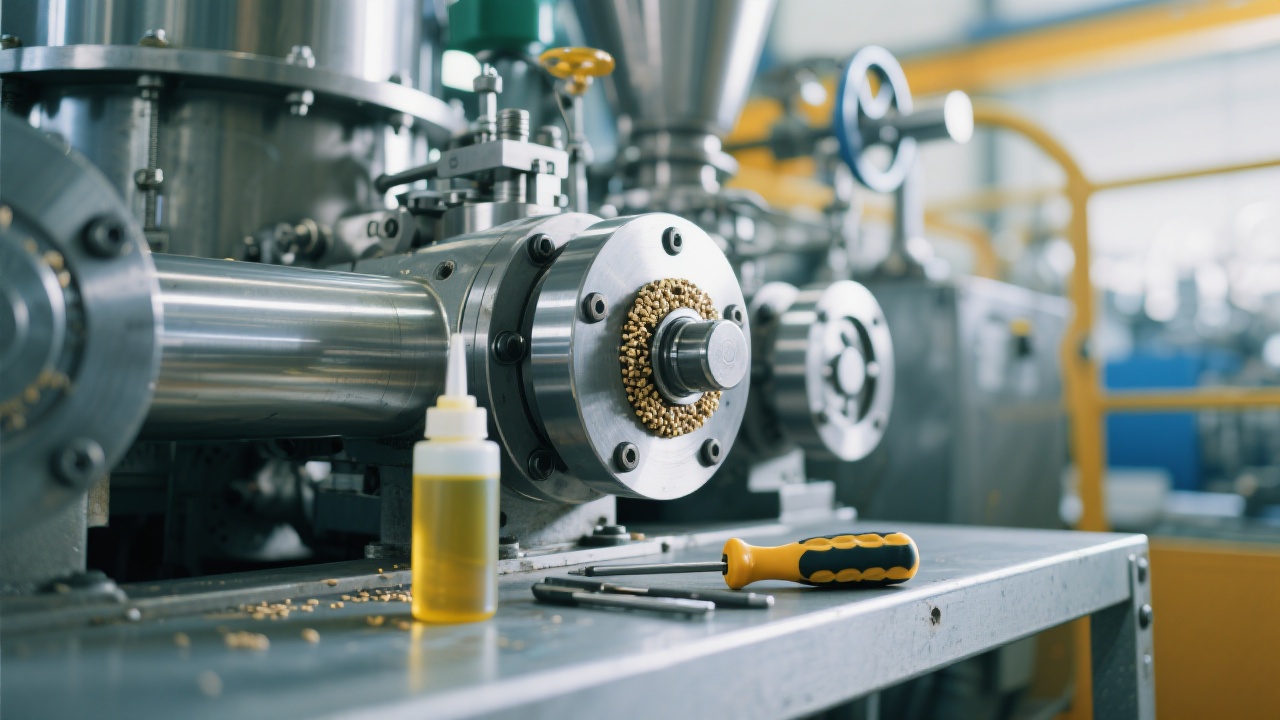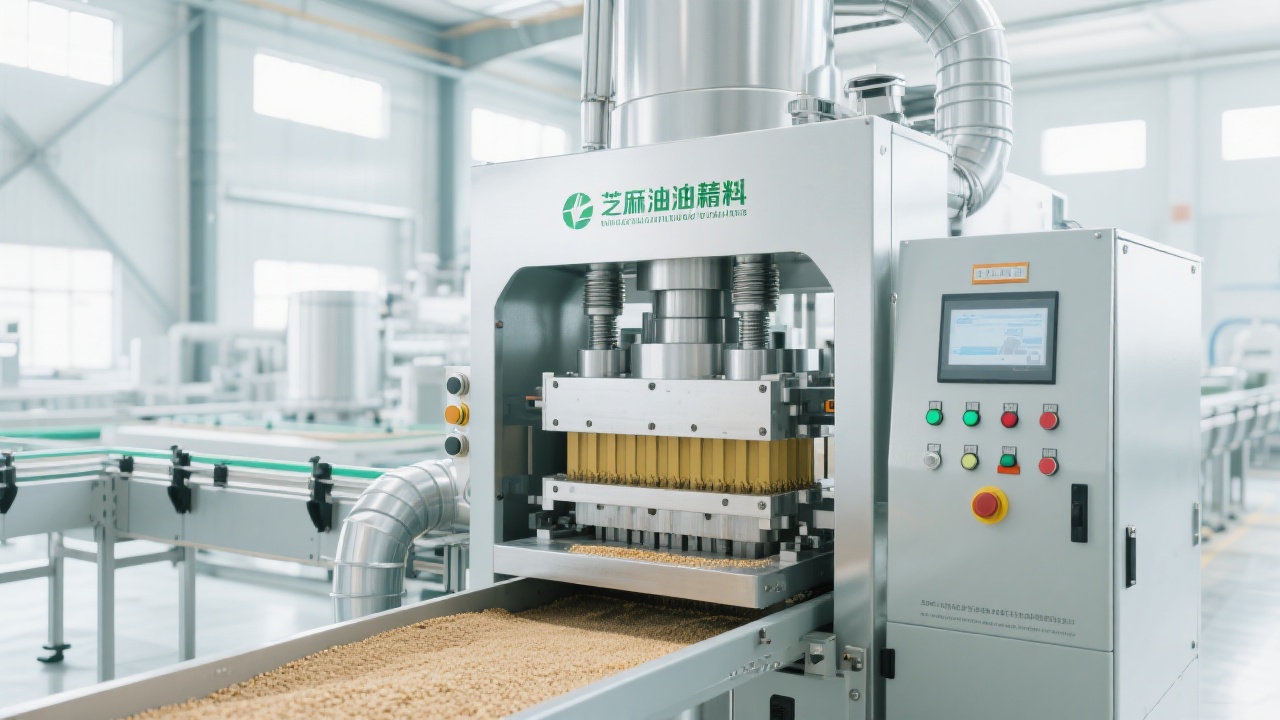
In the global sesame oil industry, 2024 marks a pivotal year where technological advancements converge with increasing quality demands from international markets. Understanding the entire sesame oil production flow—from seed cleaning to refined final product—is critical for manufacturers aiming to elevate product quality, optimize output, and enhance export competitiveness. This article breaks down the innovative techniques driving efficiency leaps in sesame oil industrial production lines, focusing on core challenges such as temperature control, automation, and oxidation stability.
Quality sesame oil begins with meticulous seed cleaning. Removing impurities like dust, stones, and husks not only protects downstream equipment but significantly improves the oil’s purity and flavor profile. In fact, precise seed cleaning can reduce unwanted particulate contamination by up to 25%, fostering a cleaner extraction environment. Following this, the pre-pressing and dehulling stage impacts oil yield dramatically. Modern pre-press machines are designed to gently separate husks while maximizing kernel retention, achieving oil yields increased by around 7% compared to traditional methods.

While high-temperature pressing increases extraction efficiency, it poses a notorious challenge: maintaining the delicate flavor while limiting oil oxidation. Reactive oxygen species can degrade essential nutrients and spoil shelf life. The key lies in strict temperature control within 110–130°C, supplemented by inert gas purging technologies recently adopted in industrial presses. These strategies have enabled manufacturers to enhance oil stability by up to 18%, extending freshness without compromising taste.
It’s worth noting that for premium cold-pressed sesame oils, temperature rarely exceeds 60°C, preserving antioxidants but yielding less oil. Depending on your target market’s preference—whether aroma intensity or maximum extraction—this trade-off informs the choice of extraction technology.
Once oil is pressed, filtration and impurity removal are indispensable to eliminate suspended solids that affect clarity and taste. Innovative dual-stage filtration systems today employ a combination of fine mesh sieves and activated carbon adsorption to reduce particulate matter by 97%, ensuring a pristine product.
The degumming, deacidification, and refining phases further meet stringent food safety regulations demanded by global export markets. Controlled phospholipid removal and acid neutralization not only enhance edible quality but also improve shelf life stability. Recent industry data indicate that standardized refining protocols can reduce free fatty acid (FFA) content by up to 40%.
| Production Stage | Key Parameter | Industry Benchmark |
|---|---|---|
| Seed Cleaning Efficiency | Impurity Removal Rate (%) | ≥ 95% |
| Pre-Press Oil Yield | Oil Extracted (%) | 35-40% |
| Oxidation Stability | Shelf-life Extension (%) | +15-20% |
| Refining FFA Reduction | Free Fatty Acid (%) | ≤ 0.5% |
Automation integration has become a game-changer, especially for small to medium-sized sesame oil producers. Intelligent control systems contribute to consistent output quality while lowering energy consumption by up to 12%. Real-time monitoring of critical parameters—such as pressing temperature, filtration pressure, and oxidation index—not only enhances traceability but helps preempt costly breakdowns.
A notable case involved a mid-sized processing plant in Southeast Asia. By implementing automated temperature regulation and remote sensors, their oil yield increased by 6%, while energy costs dropped 10% within just six months—ultimately boosting profit margins and product appeal in overseas markets.

The sesame oil production sector is witnessing ongoing innovation, particularly featuring energy-saving presses optimized for minimal heat generation and new-generation smart monitoring platforms. These solutions allow remote adjustment and data-driven maintenance scheduling, helping manufacturers stay ahead in a fiercely competitive export environment.
However, adopting these technologies entails upfront investment, which may not be feasible for all. Here, balancing automation benefits against capital expenditures remains an essential strategic decision—one that should align with long-term growth and branding ambitions.

Mastering these production nuances is more than just making oil—it’s about crafting a high-value brand poised for global markets. Whether your goal is reducing energy costs, elevating quality, or expanding capacity, these insights provide actionable strategies to keep you competitive.
Unlock Your Sesame Oil's Global Potential with Proven Production Innovations

